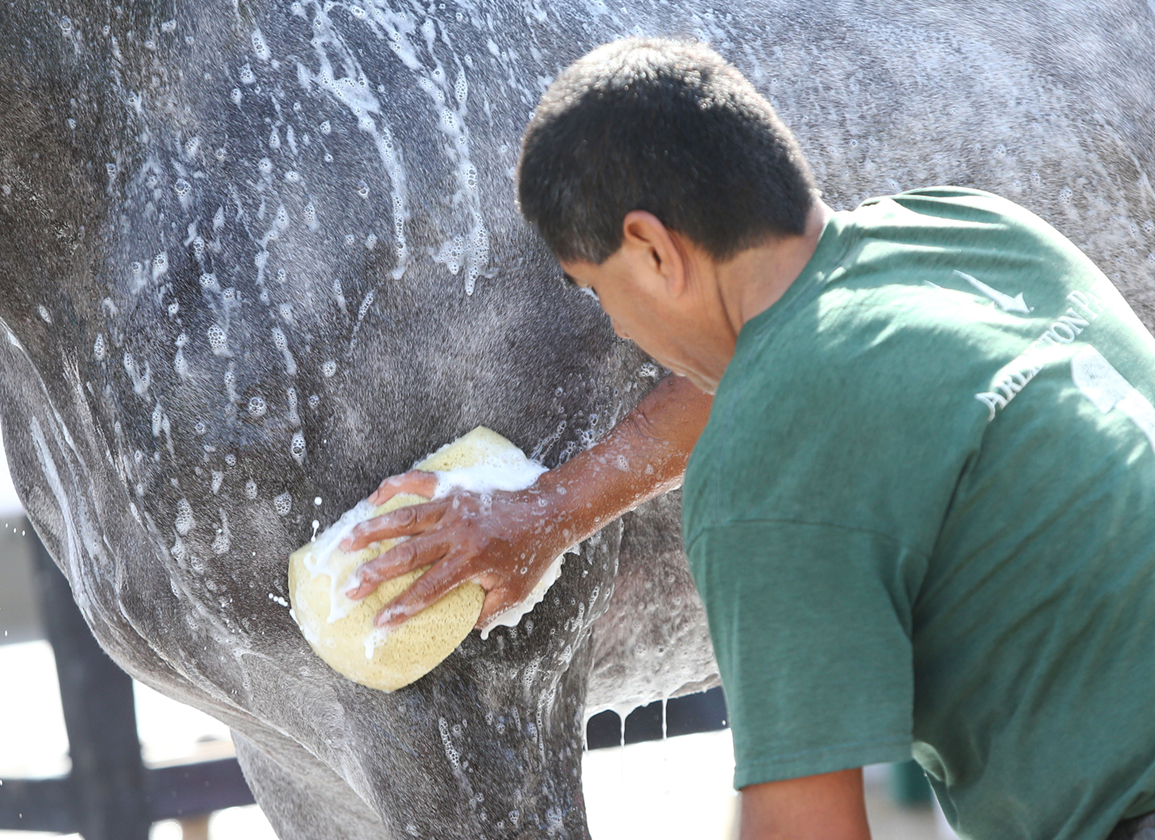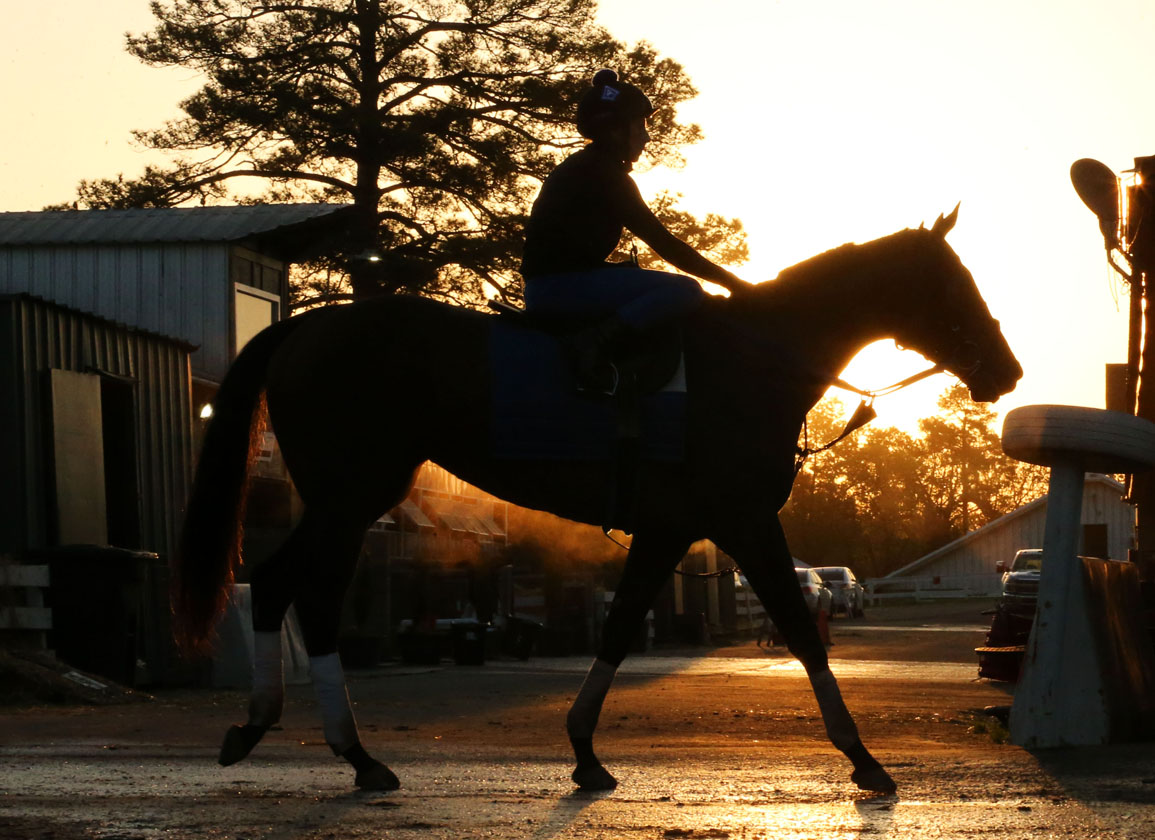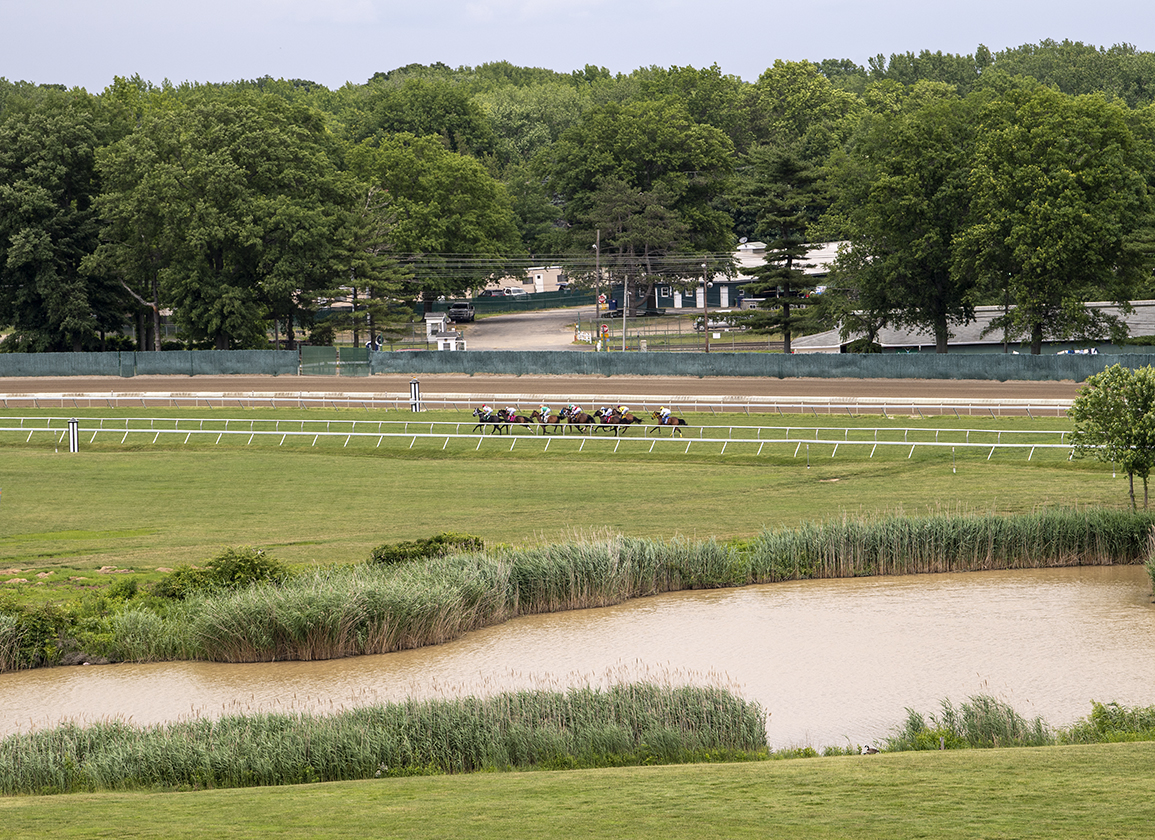How will equine medication rules and enforcement be different once the Horseracing Integrity and Safety Authority becomes the federally mandated regulatory body for Thoroughbred racing next year?
For starters, for the first time, regulations related to medication, testing and enforcement will be uniform in every racing state. That's a tremendous achievement in itself.
Efforts to form uniform rules go back decades to the days of the National Association of State Racing Commissioners (predecessor of the Association of Racing Commissioners International). There has been incremental progress, through development of model rules that only went into effect if individual state racing commissions and sometimes legislators bought into them. Too often they didn't adopt them as written.
The enabling legislation creating the Authority, the Horseracing Integrity and Safety Act, overcomes those hurdles. The Authority is a non-governmental agency that will have federal oversight from the Federal Trade Commission, especially in its formative stage. Prior to July 2022, when the Authority is scheduled to be operational, the FTC will be required to accept, reject or amend the rules that the Authority is now developing to regulate medication and safety policies.
Dr. Tessa Muir, who joined the United States Anti-Doping Agency as head of its newly created equine program earlier this year, is part of the team developing those regulations. While USADA does not yet have a contract with the Authority, it's fully expected that it will be the agency named to that position, enforcing anti-doping policies in much the way it does for athletes in the Olympics, Paralympics and UFC fighters from the world of mixed martial arts.
Muir has worked as a regulatory veterinarian with Racing Victoria in Australia and before then spent six years with the British Horseracing Authority as a veterinarian assistant and anti-doping manager.
“We are diligently working with the Authority,” Muir said in an interview with the Paulick Report. “The core rules that we are developing will form the basis of the program. Implementation is that final step in bringing HISA to reality.
“Alongside the rules,” Muir added, “we are working with the Authority and hope to have a contract in place with them ASAP.”
In parallel with development of medication regulations, which will lean heavily on existing guidelines from the International Federation of Horseracing Authorities and the Association of Racing Commissioners International, Muir said USADA and the Authority are also working through a business model to determine staffing or contract labor needed to enforce its program. Among other things, there will be a need for investigators and what USADA refers to as doping control officers.
“One of the really great things with combining USADA and its human side with its equine side – assuming we do have a signed contract with the Authority – is that there will be some crossover between what goes on in the human world and the equine world,” Muir said. “Clearly, there are a lot of things that are also different, but again, where possible, we'll be trying to leverage resources sensibly to make it as streamlined as possible.
“What we are looking to do is to take the best elements from good anti-doping programs, whether they be equine or human, and create consistent, thorough and robust rules that fit the U.S. Once we have those rules, we can enforce them to ensure clean racing, the health and welfare and long-term soundness of our equine athletes.”
USADA and the Authority will also need to establish laboratory standards and an accreditation program before determining which of the existing drug testing laboratories will be utilized. While laws in some racing jurisdictions currently require testing to be conducted at in-state university labs, the assumption is that the enabling federal legislation will supersede such state laws.
Muir said post-race sampling will continue to be a part of a USADA anti-doping program, but it's obvious a significant focus will be on out-of-competition testing. Achieving what she calls a “gold standard” program will not happen overnight. Muir puts an 18- to 24-month timeline on that goal.
“A lot of it relates to collection of the data and to have a smart testing program, whether that be in or out of competition,” Muir said. “You have to develop the technology and the information and intelligence from the investigations to form that big picture on how you conduct testing.”
Muir describes best practices out-of-competition testing as an “anywhere, anytime”program that will be accompanied by a “whereabouts” requirement. That means the location of horses may need to be reported to the Authority or to USADA at all times so that surprise visits by doping control officers may take place.
“The intent of the (federal law) is that horses are accessible at any time at any place from the point of their first workout until they retire from racing,” Muir said. “In order to conduct that 'no-advance-notice' testing anywhere at anytime, you need whereabouts information in order to find the horse. That really is a critical underpinning for prevention, deterrence and detection of misuse of substances. Whilst specifics of how that may look are currently not finalized, if you look at any good anti-doping program in the world, whereabouts is a really key component. And that requires locations, not just while horses are in training but when they are in other locations resting or pre-training.”
Muir said testing is not the only way to catch violators, since some substances can be very difficult to detect.
“When you look at blood doping agents or illicit substances, it's not just things like EPO that are potentially difficult to detect,” she said. “There are other substances such as insulin, which have relatively short detection windows but potentially a much larger window for effect.
“In general terms, detection of a prohibited substance in a sample is only one of a number of different anti-doping rule violations. That detection isn't necessarily the only way to determine that someone has broken the rules.”
Muir listed anonymous tip lines as an important tool, though realizes that racing, like other sports that have struggled to control performance-enhancing drug use, there seems to be a de facto code of silence among many participants.
For that to change, Muir said, the industry will need to buy in to the principle that clean racing is better for everyone.
“The testing investigations comes under the responsibility of the enforcement agency (presumably USADA), but the tip lines and other things must have industry ownership,” she said. “When it comes to the responsibility for clean racing and preventing, deterring and detecting people who might be doing the wrong thing, it's the responsibility of the whole industry to call that out and prevent it and to stand up for clean racing.”
Muir admits that won't happen if the industry lacks confidence in USADA and the Authority.
“People have got to have confidence in those enforcing the rules, that they are acting on and doing the right thing,” she said. “I've had a lot of respect for USADA for a long time: that voice for the clean athletes and those doing the right thing. On the equine side it's the same proposition: standing up for the good people who are doing the right thing. They need to have trust that those enforcing the rules are going to help stand up for their rights.”
The post USADA’s Dr. Tessa Muir: Industry Confidence In Anti-Doping Program Key Element To HISA Success appeared first on Horse Racing News | Paulick Report.





